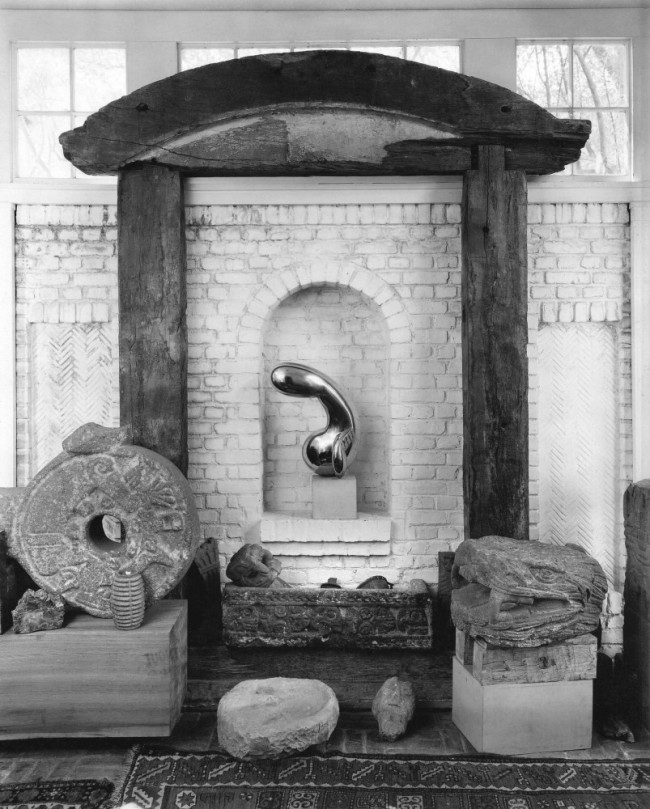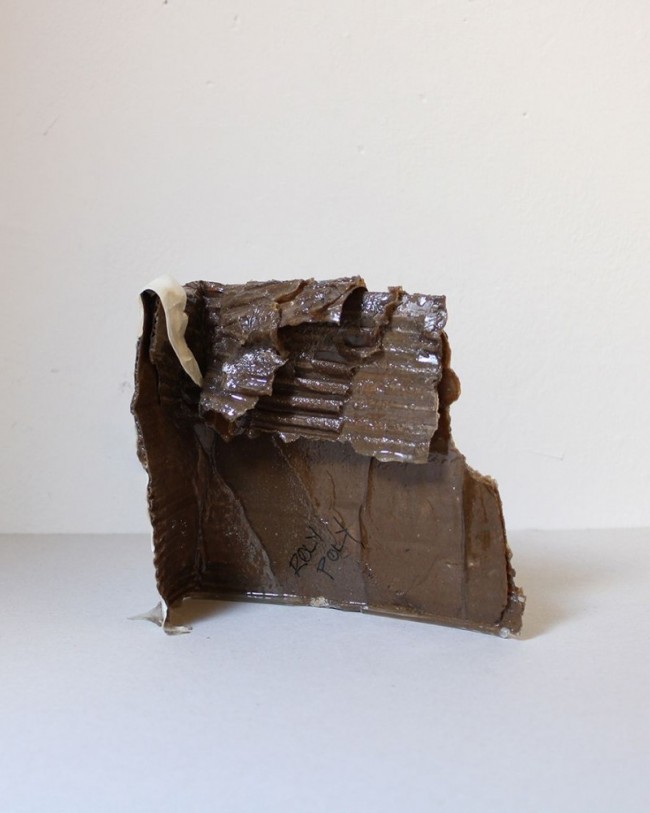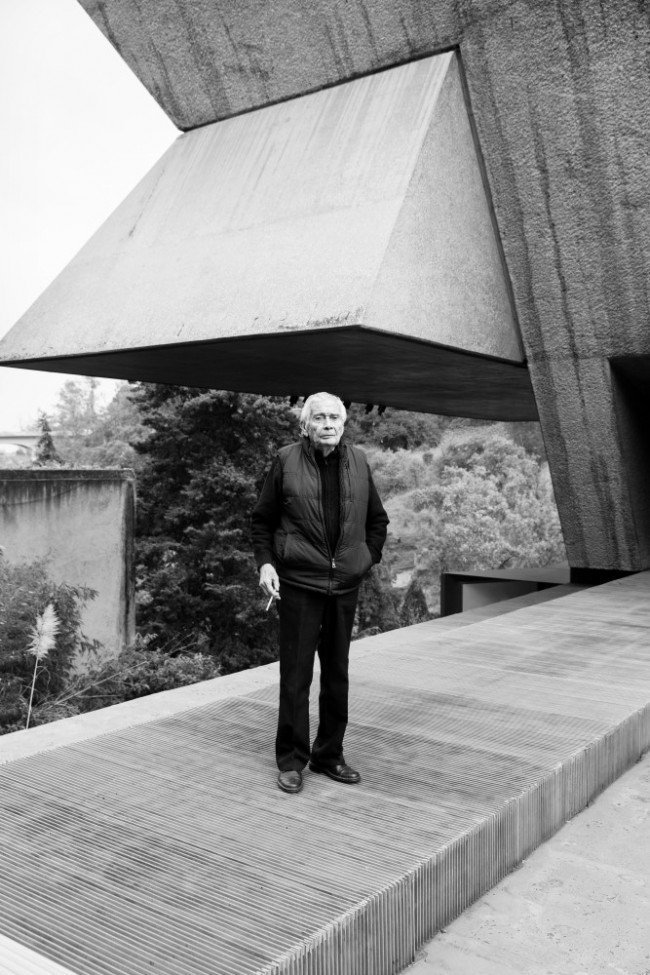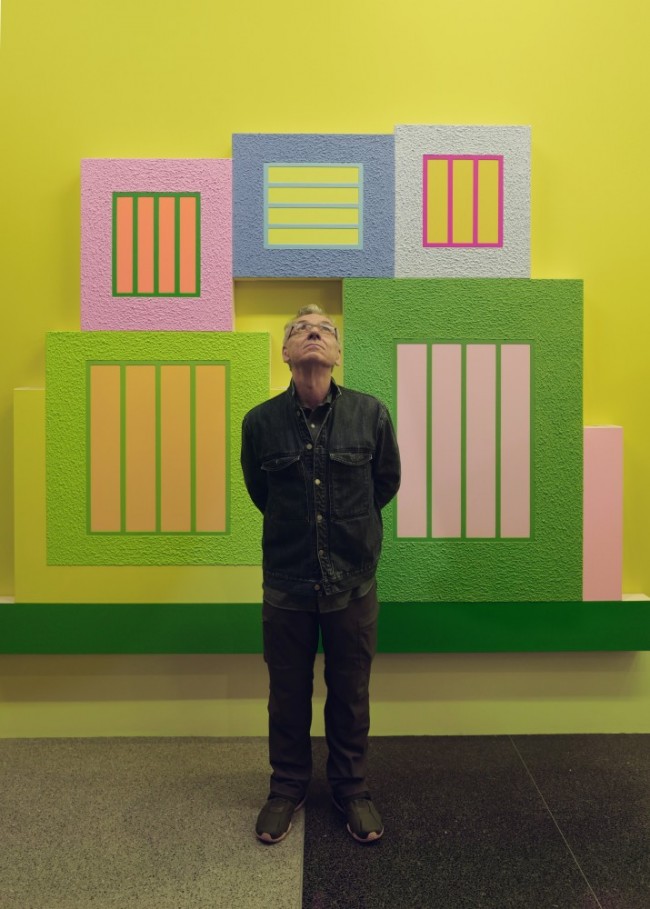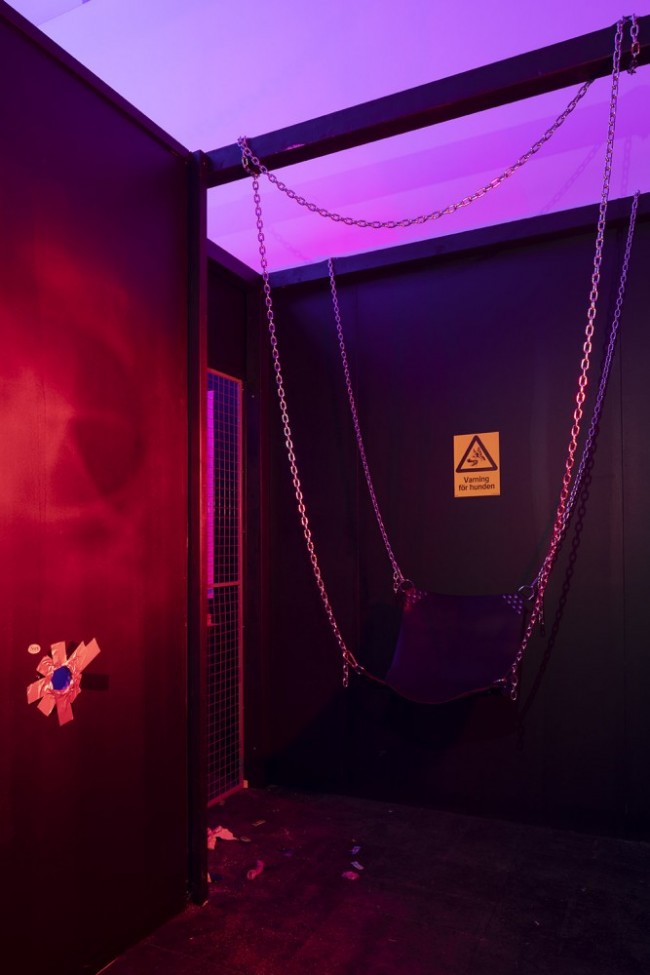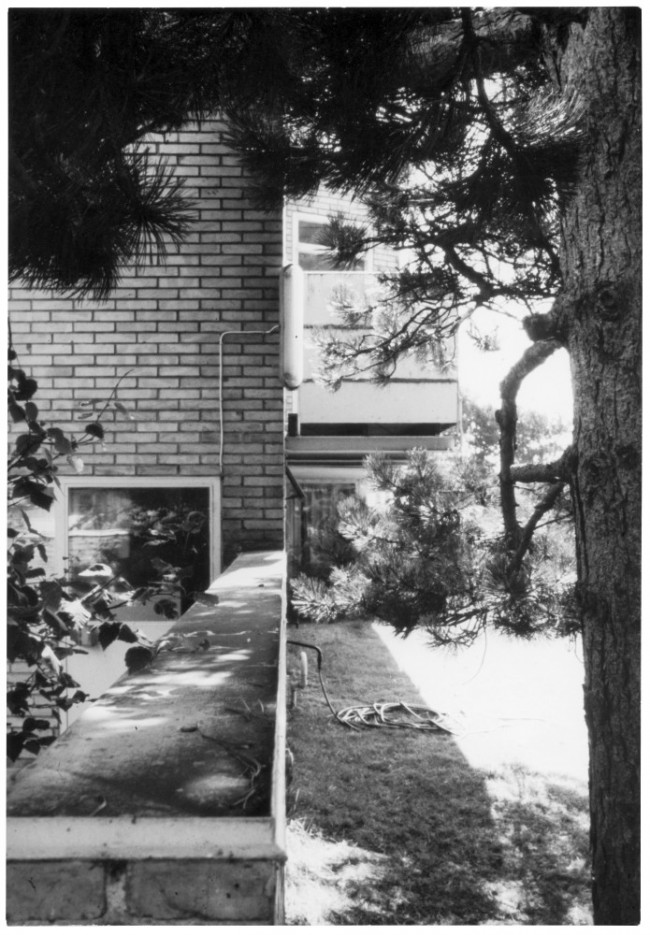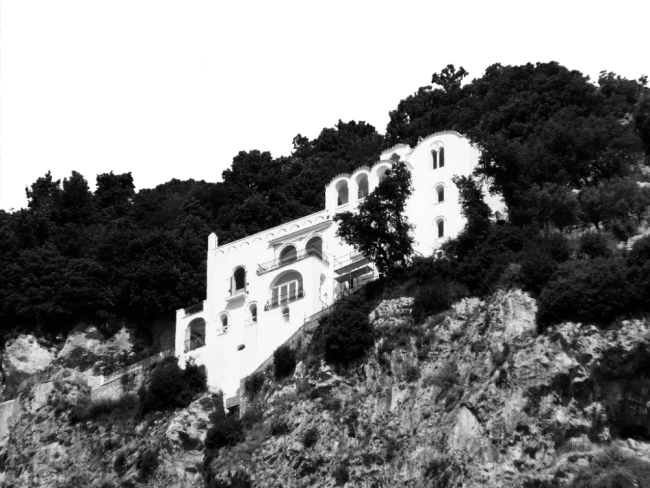PILLARS OF SOCIETY: Nordic Architecture's (Stifling) Comfort Zone
You shall not believe that you are someone.
You shall not believe that you are as good as we are.
You shall not believe that you are any wiser than we are.
You shall never indulge in the conceit of imagining that you are better than we are.
You shall not believe that you know more than we do.
You shall not believe that you are more important than we are.
You shall not believe that you are going to amount to anything.
You shall not laugh at us.
You shall not believe that anyone cares about you.
You shall not believe that you can teach us anything.
Image via flickr.com

These are, according to the controversial Dano-Norwegian author Aksel Sandemose (1899–1965), ten commandments by which to live a virtuous Nordic existence. The “Law of Jante,” as they’re known, provides a checklist for good, civilized society, and its edicts have, for better or worse, bled from the pages of fiction into the Nordic subconscious. Most indications point to the fact that Sandemose was a sorely amoral and entirely contemptible individual (one of his sons accused him of incest, pedophilia, and bigamy, and he is also reputed to have committed a murder). His writing was no less contentious: A Fugitive Crosses His Tracks (1933), in which he first outlined this existential code, takes place in “Jante” — a sleepy, rather remote Danish village modeled, it is said, on his birthplace, Nykøbing Mors. Set against the backdrop of a murder and narrated through obscure dreamscapes, it portrays a society in which prejudice and partisanship, bigotry and “radical inclusivity” (though not described as such), reign supreme, stifling its inhabitants in a stranglehold of self-effacement and tightly imposed insularity. The tangible implications of the Law of Jante as an observational critique spread and, over time, became quietly accepted.
Since the dawn of the 20th century, the Nordic region — Denmark, Norway, Sweden, and Finland — has benefited, more often than not, from the moral high ground. It has been largely on the political left, socially inclusive, and at the technological vanguard, having developed comparatively stable and streamlined economies, industries, and welfare models. The built environment has been integral to this moral ascendency, trying its utmost to improve, incrementally, overall standards of living. As a result, Nordic architecture has itself suffered from rhetoric on repeat. A region closely associated with some of Modernism’s greatest built accomplishments, it achieved a state of renown from a position of comparative privilege and, importantly, ideological security. In 1971, as the excavators and bulldozers were bearing down on the Pruitt-Igoe project in St. Louis, Missouri, architect Peter Celsing’s Kulturhuset (a cultural center combining a theater and exhibition space) was still under construction in central Stockholm. This building, commissioned in the mid 1960s, stands among the greatest testaments to post-war Swedish Modernism and, by extension, to the role of art, cinema, and music at the heart of civic life. By 1974 (when it finally opened), however, the tides had started to shift; Modernist ideals were, on the whole, being dismissed as a rather embarrassing misfire. For some, they had failed entirely.
But did Modernism “fail” in the Nordic countries? Perhaps not, or perhaps only aesthetically so. Perhaps it merely transitioned into the landscape of today: an architecture in which core values, each agreed upon approximately 70 years ago — openness and transparency, a considered relationship to landscape and terrain, aspirations to equality and high standards of living — still, thankfully, hold water. And yet the sacrifice made in the name of stability is continuity, which cannot always be assumed to be constructive. The Law of Jante, today largely dismissed, has in fact been dressed in a new, more clean-cut outfit. In 2014, the phrase åsiktskorridor (known as meningskorridor in Norwegian, or “opinion corridor”) was formally acknowledged by the Swedish Language Council. It’s used to represent a collection of tried and tested modes of thinking that should be adhered to in polite conversation, politically, and when it comes to the delicate and persistent project of shaping society. To step out from or even walk parallel to the opinion corridor is tantamount to national insurrection. The Nordic nations’ culture of consensus — the notion that general agreement and deference to the majority is a far better mechanism for progress than promoting individual opinions — has established a complex web of comfort zones that have an institutional tendency to smother the different, the experimental, and the disruptive.
This idea also extends to architectural production in Denmark, Norway, Sweden, and Finland. It’s as if the great Nordic architects of the 20th century — often incorrectly perceived to be a group of isolated geniuses, usually male, and almost exclusively white — are shouting from beyond the grave: “You shall not believe that you know more than we do. You shall not believe that you are more important than we are.” For contemporary architects, this poses the ultimate Catch-22. If “radicality” is not possible, then ideas remain paperbound and unresolved. There is a legacy to uphold, no doubt, but it must be occupied, and harnessed, and transposed into something which reacts and responds to a society which appears to be tussling with its own contemporary identity. For architects, this means that, contrary to the Jante decrees, the frontline of this new paradigm is in fact within grasp.
Text by James Taylor-Foster.
Taken from PIN–UP No. 23, Fall Winter 2017/18.



